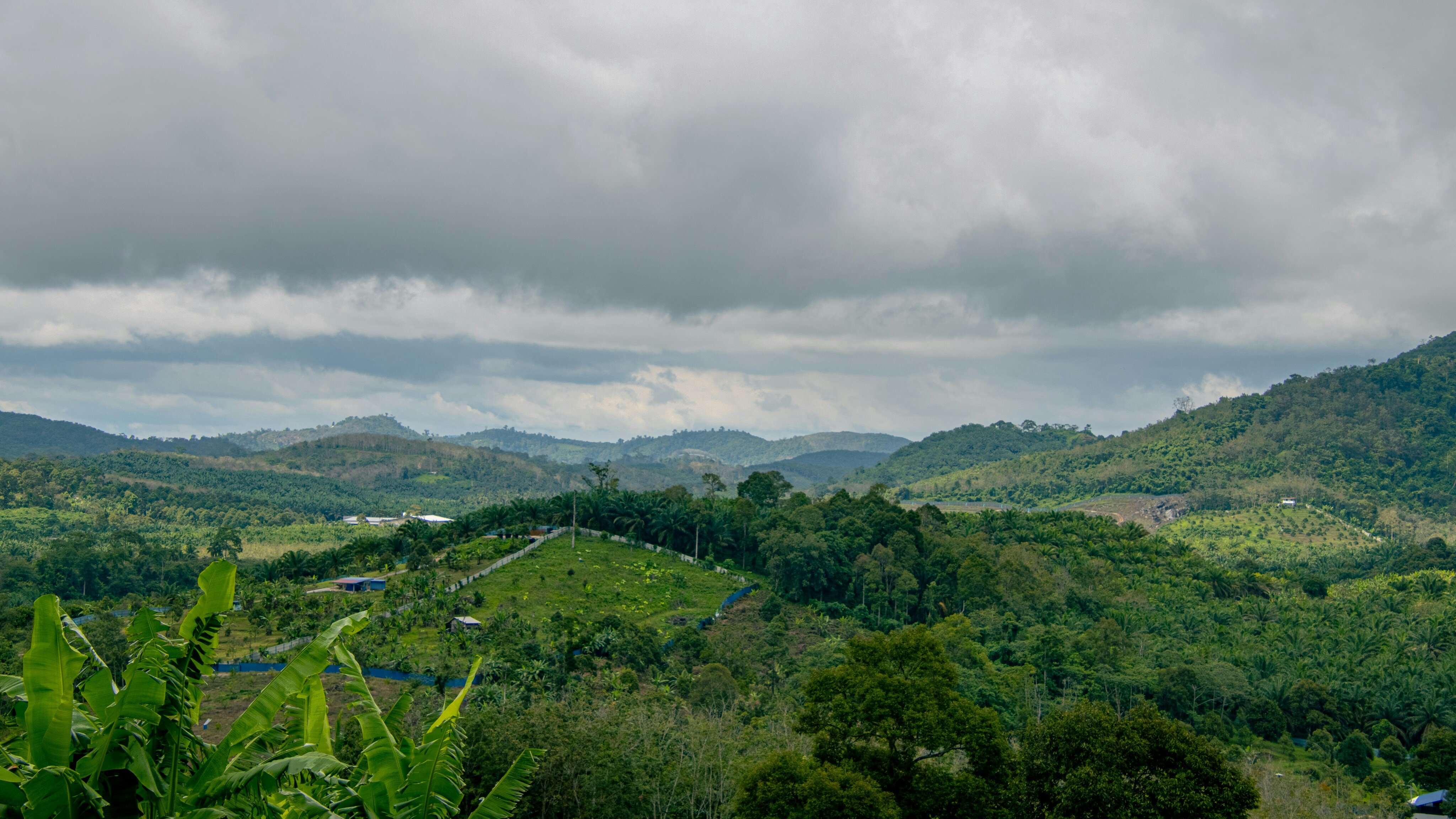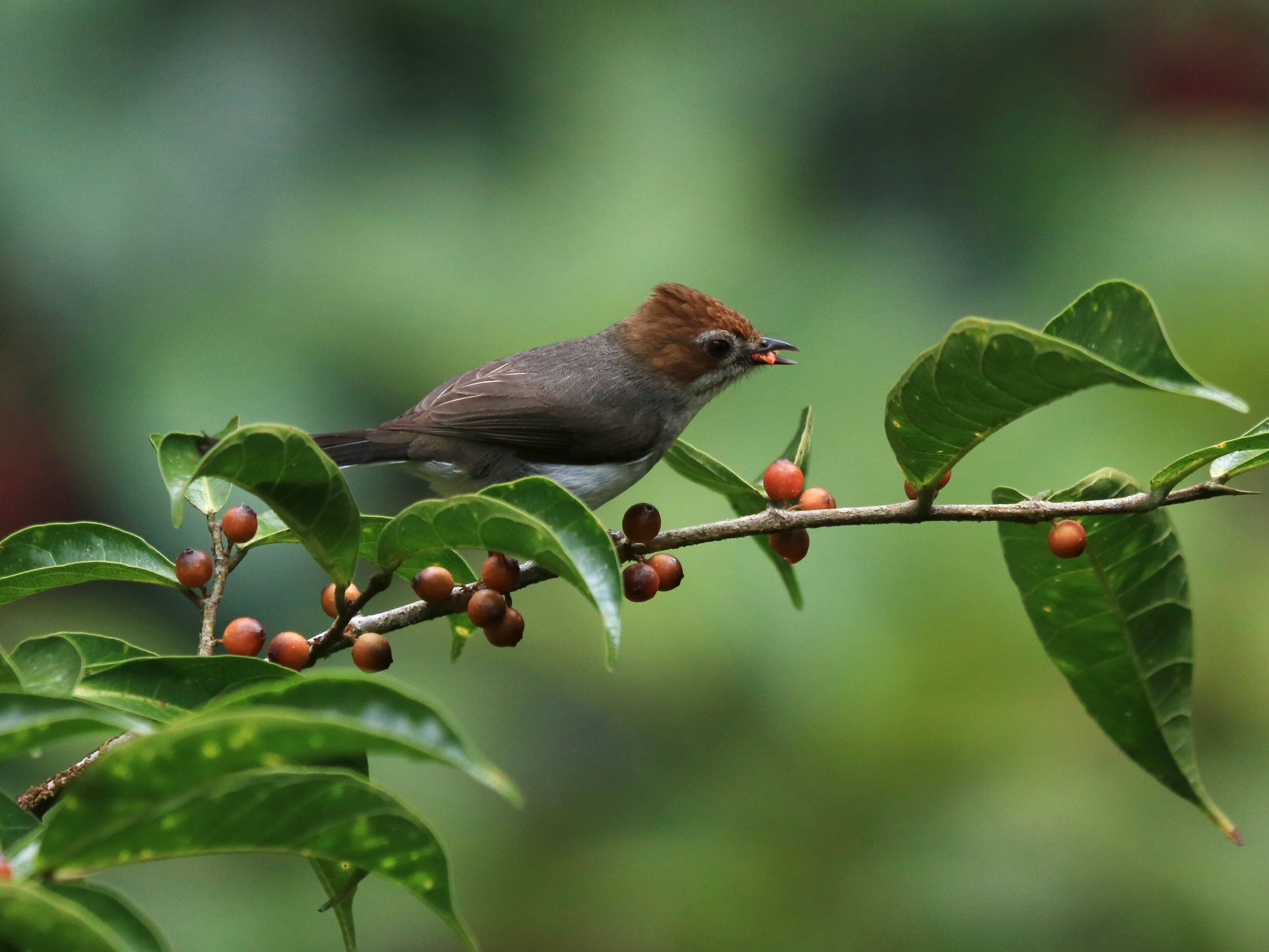Week 33: Conservation Finance News
Well-designed and scalable carbon market solutions are crucial
Bursa Malaysia Bhd chairman Tan Sri Abdul Wahid Omar emphasized the importance of well-designed carbon markets, highlighting the need for co-benefits and real GHG emission reduction. He acknowledged the evolving global voluntary carbon market and the importance of feedback to enhance Malaysia's carbon market integrity. Additionally, he noted the accelerated decarbonisation efforts of companies using carbon credits, as evidenced by Trove Research findings in June 2023.To learn more, you can click here.
Malaysia Carbon Market Association was launched
The Malaysia Carbon Market Association (MCMA) was officially inaugurated during the second annual Malaysia Carbon Market Forum (MCMF), with nine prominent companies serving as founding members. The MCMA received a RM190,000 seed grant to develop training programs and foster a dynamic voluntary carbon market, contribute to national policies, enhance talent development, and forge partnerships with carbon stakeholders. Additionally, the MCMA seeks to become a unified force within the ASEAN bloc and is headquartered in Kuala Lumpur as a non-profit organization comprised of key players from Malaysia’s corporate landscape. Click here to learn more.
Endangered Malaysian animals nearly face an extinction
The focus on endangered Malaysian animals often centers on the Malayan Tiger and Tapir, as well as the plight of the Malayan gaur and Bornean orangutan. However, there are lesser-known animals at risk due to human activities, pollution, and climate change. Primates and corals are also becoming rarer in Malaysia. To learn more, you can click here.
Malaysia's private sector launches carbon market alliance ahead of potential 2025 carbon tax
Malaysia is considering the introduction of a carbon tax targeting hard-to-abate sectors as part of its federal budget next year, with discussions on a compliance carbon market alongside the World Bank. While specific industries have not been identified, the government aims to prioritize capacity building and talent development within its carbon market, supported by initial funding. Meanwhile, the ASEAN Common Carbon Framework is set to be presented at COP29, promoting mutual recognition of carbon credit methodologies among member states. Regional carbon market associations are growing in Thailand, Indonesia, and Singapore, with Malaysia engaging in talks for collaboration and knowledge sharing to enhance carbon credit validation and trading in the region. Click here to learn more.
Orang Asli are the real guardians of Malaysia’s biodiversity
Indigenous Peoples worldwide, totaling 476 million across 90 countries, play a crucial role in preserving global biodiversity. In Malaysia, the Orang Asli and Bumiputera are the native inhabitants, with the largest populations found in Pahang, Perak, and Selangor. The United Nations Declaration on the Rights of Indigenous Peoples (UNDRIP) protects their rights to land and resources. The Orang Asli's deep connection to their environment is evidenced by the Jahai subgroup's successful conservation efforts in Royal Belum State Park. Recognizing Indigenous Peoples' rights and collaborating with them is essential for long-term environmental stewardship and a sustainable future. To know more, you can click here.
IAPB releases biodiversity credit supply survey results
An international panel found that access to finance, technical capacity, and tenure rights are crucial for scaling biodiversity credit projects. The survey received responses from project developers in 31 countries, highlighting the need for diverse funding sources and addressing challenges like a lack of market demand. Key findings included the importance of technical capacity, tenure rights, proving additionality, and benefit sharing in developing a pipeline of biodiversity credits. The IAPB aims to support the growth of high-integrity biodiversity credit markets. To know more, you can click here.
Peatlands and Climate: COP29 must build on COP28
The first Global Stocktake Synthesis Report from the COP28 meeting of the UNFCCC emphasized the importance of restoring and protecting natural ecosystems, particularly Southeast Asia's peatlands, for climate change mitigation. These waterlogged forests and soils act as a significant carbon sink but are at risk due to deforestation and drainage. The report suggests aligning national and global peatland goals, improving emission factor data, and increasing financing for restoration and protection efforts as key strategies moving forward. The upcoming COP29 should prioritize keeping peatlands on the climate agenda, working towards unlocking finance for conservation efforts in Southeast Asia. Click here to learn more.
Climate adaptation bonds reduce investor risks from extreme weather
Bonds that protect issuers from climate shocks are gaining attention in the financial market. California is set to vote on a $10 billion climate bond for natural disaster prevention, while Colombia and other entities have issued similar bonds for climate-smart agriculture and infrastructure. This trend reflects a shift towards funding adaptation needs over mitigation, with just 16% of green bonds allocated for resilience activities as of September 202. An increase in adaptation bond issuance is expected due to economic risk exposure by 205 if proactive measures are not taken. The market is also developing standards and guidance for these bonds, likely increasing their prevalence in the future. Click here to learn more.
Nature-based credits at a turning point
Recent impact evaluations of nature-based credits have shown disappointing results, indicating that these markets are at a critical juncture. In order to rebuild investor confidence and allow for scaling up, reforms are needed to align with the latest scientific understanding on additionality, leakage, and permanence. Establishing scientific credibility through ex-post release of credits and reforming credit markets to be robust to scientific improvements are crucial. These principles are necessary to ensure market confidence, attract investment, and deliver environmental benefits in line with international agreements such as the Kunming-Montreal and Paris accords. To learn more, click here.
Protecting mangroves and seagrass can boost Indonesia's climate targets
Indonesia aims to include blue carbon ecosystems in its climate targets, crucial for ocean-based mitigation. Loss of mangroves and seagrass due to land use changes prompts the need for protected areas to prevent carbon release. Protection could reduce up to 60 million tonnes of emissions yearly, achieved through MPAs and OECMs. Focus areas include Kalimantan and Papua for mangroves, with data verification for seagrass protection plans. Clear area-based targets involving local communities are vital to align with Indonesia's climate goals and Blue Economy Roadmap.To know more, you can click here.



